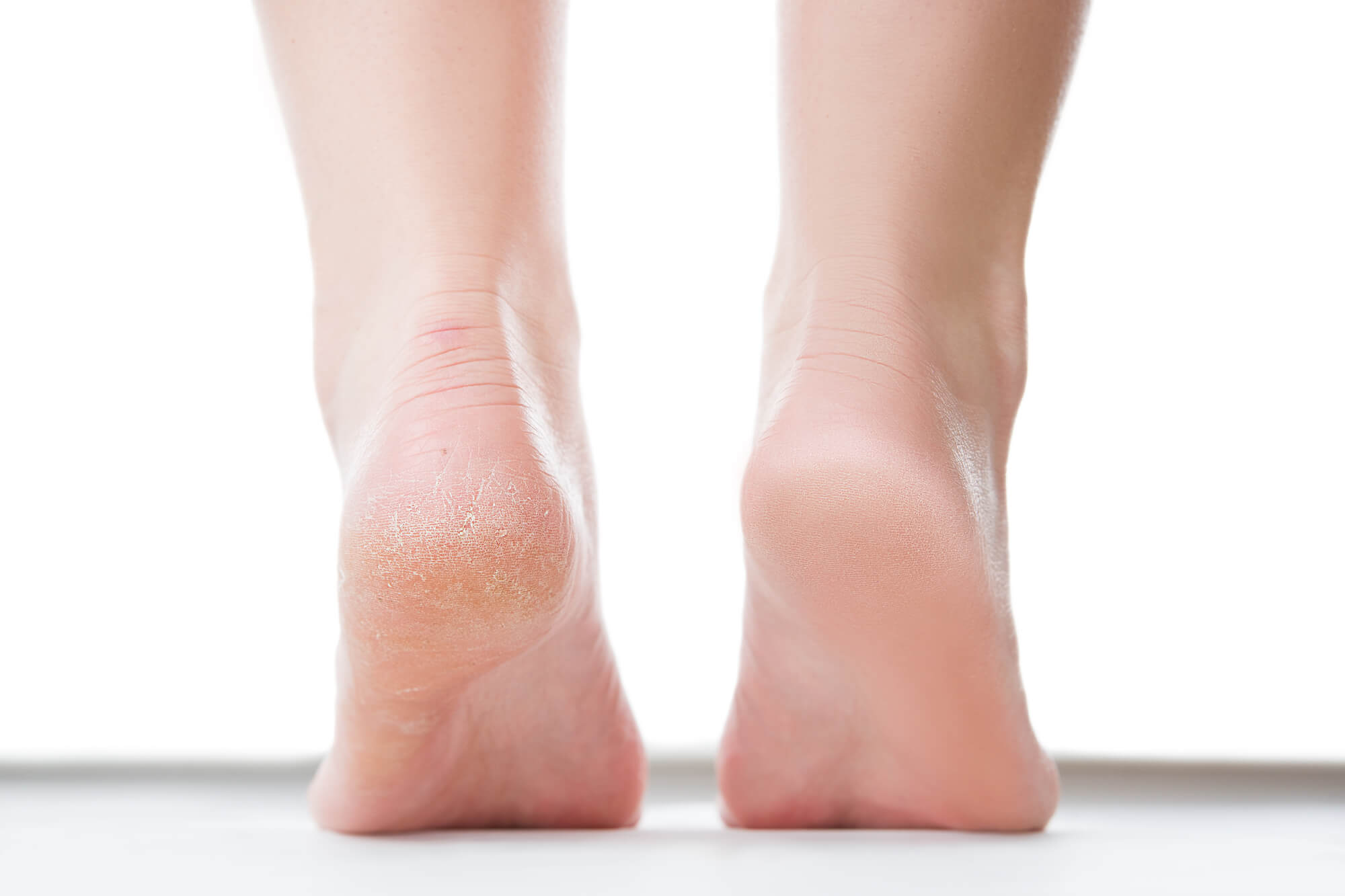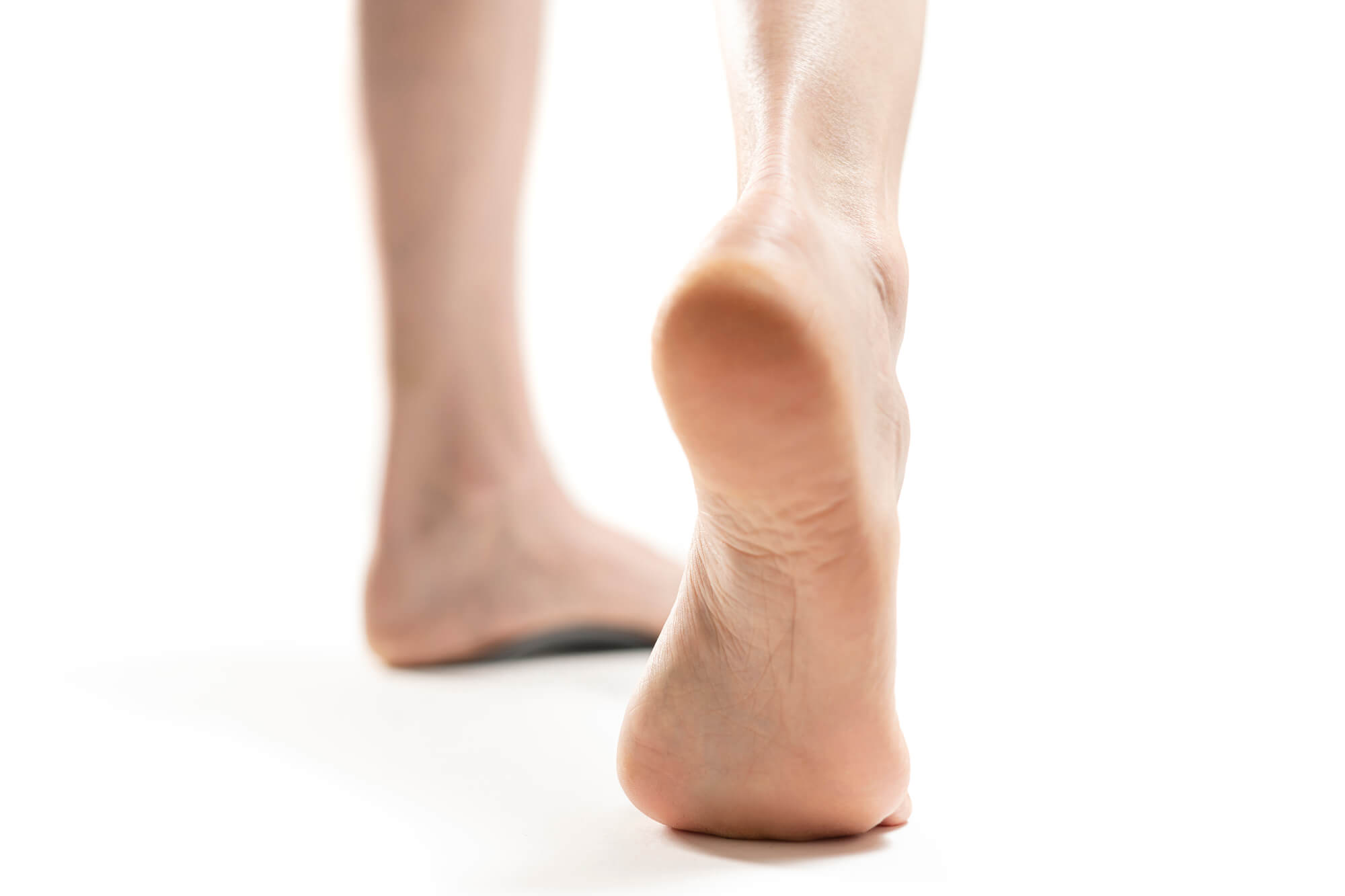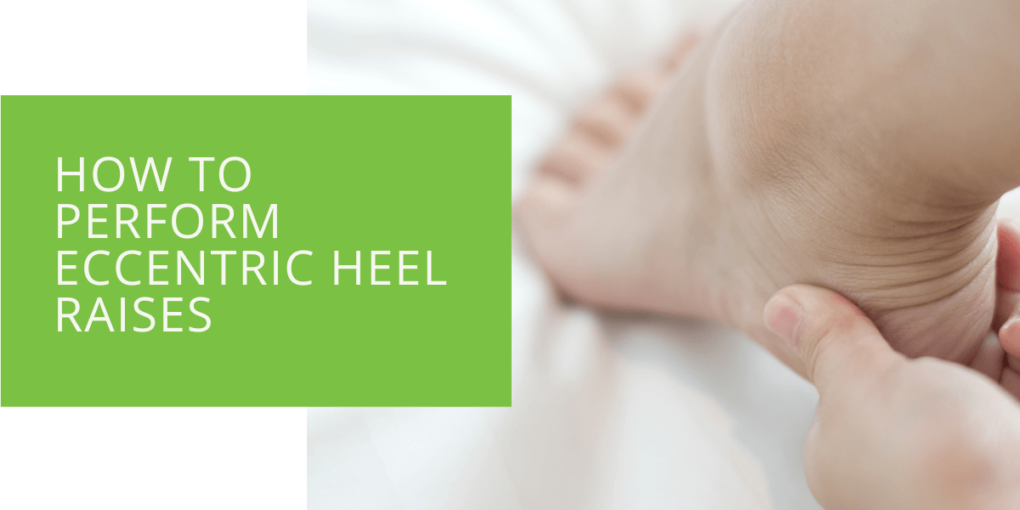How to Perform Eccentric Heel Raises
When it comes to foot health, strong calf muscles play a crucial role. One effective exercise for strengthening the calves is eccentric heel raises. This article will delve into the details of eccentric heel raises, including their benefits, proper technique, progression, and incorporation into your exercise routine. Strengthening your calves through eccentric heel raises can enhance stability, prevent injuries, and promote optimal foot and lower limb function.
Understanding Eccentric Heel Raises
Eccentric heel raises focus on the eccentric phase of muscle contraction, where the muscle lengthens under load. Specifically, this exercise targets the calf muscles, including the gastrocnemius, soleus, and Achilles tendon. Unlike concentric contractions, which involve muscle shortening, eccentric contractions are particularly effective for building strength and improving muscle function.
Benefits of Eccentric Heel Raises
Performing eccentric heel raises offers several benefits for foot health and overall lower limb function. These include:
- Strengthening the calf muscles: Eccentric heel raises the calf muscles' target, helping build strength and endurance.
- Improving stability and balance: Strong calf muscles contribute to better strength and balance, reducing the risk of falls and injuries.
- Preventing common injuries: By strengthening the calf muscles and Achilles tendon, eccentric heel raises can help prevent conditions such as Achilles tendonitis and calf muscle strains.
- Enhancing Achilles tendon health: Eccentric heel raises and places controlled stress on the Achilles tendon, promoting its strength and resilience.
- Improving ankle flexibility: The eccentric lowering phase of the exercise stretches the calf muscles and helps improve the ankle range of motion.

Proper Technique: Performing Eccentric Heel Raises
Preparing for the Exercise
Before performing eccentric heel raises, it's essential to warm up the calves properly. Start with dynamic stretches, such as ankle circles or gentle calf stretches, to prepare the muscles for the exercise.
Exercise Setup
To perform eccentric heel raises:
- Stand near a sturdy support, such as a wall or a chair, for balance.
- Place both feet shoulder-width apart, with the balls of your feet on the edge of a step or a raised platform.
- Position your hands lightly on the support for balance.
Execution of the Exercise
Follow these steps to perform eccentric heel raises:
- Raise both heels onto the balls of your feet by contracting your calf muscles.
- Shift your weight onto one foot while lifting the other slightly off the step.
- Slowly lower the raised heel below the level of the step, allowing the calf muscles to lengthen under control.
- Use the working leg to push up and return to the starting position.
- Repeat the exercise for the desired number of repetitions, alternating between legs.
Tips for Proper Form and Safety
To ensure proper form and safety during eccentric heel raises:
- Engage your core muscles to maintain stability and balance.
- Avoid rapid or jerky movements; focus on controlled and slow lowering of the heel.
- Maintain an upright posture, avoiding excessive leaning forward or backward.
- If needed, start with a lower step or platform and gradually increase the height as you become more comfortable and stronger.
Progression and Frequency
To continue challenging your calf muscles and progressing with eccentric heel raises:
- Increase the number of repetitions gradually over time.
- Add resistance by holding dumbbells or using a weighted backpack.
- Perform the exercise on an elevated step or platform to increase the range of motion and difficulty.
- Aim for 2-3 sets of 10-15 repetitions, 2-3 times per week, as part of your overall lower limb strengthening routine.

Precautions and Modifications
While eccentric heel raises are generally safe for most individuals, it's important to consider certain precautions and modifications, especially if you have specific conditions or limitations. Suppose you have a history of Achilles tendonitis, calf muscle tears, or other lower limb injuries. In that case, consulting with a physiotherapist or healthcare professional is recommended before incorporating eccentric heel raises into your routine. They can provide personalized guidance, tailor the exercise to your needs, and ensure that it is safe and effective for your situation.
Incorporating Eccentric Heel Raises into Your Routine
To reap the benefits of eccentric heel raises and strengthen your calves effectively, it's essential to incorporate them into your regular exercise routine. Consider the following tips:
- Start with a proper warm-up, including dynamic stretches and gentle calf exercises.
- Include eccentric heel raises after your warm-up and before other lower limb exercises.
- Combine eccentric heel raises with other exercises that target different muscle groups in the lower limbs, such as squats, lunges, or leg presses, for a comprehensive lower limb strengthening routine.
- As with any exercise, listen to your body and adjust the intensity and frequency based on your comfort level and progression.
When to Seek Professional Advice
If you experience persistent pain, discomfort, or any concerning symptoms during or after performing eccentric heel raises, it's important to seek professional advice. A physiotherapist or healthcare professional specializing in lower limb conditions can assess your technique, provide additional modifications, and ensure you're performing the exercise correctly to prevent potential harm.
Conclusion
Eccentric heel raises are effective for strengthening the calves, improving foot and lower limb function, and preventing injuries. By following proper techniques, gradually progressing, and incorporating them into your regular exercise routine, you can enhance the strength and stability of your calves, promoting optimal foot health. Remember to consult a physiotherapist or healthcare professional if you have any concerns or specific conditions, as they can provide individualized guidance for your exercise program. Strengthen your calves with eccentric heel raises and step towards the improved foot and lower limb health.

